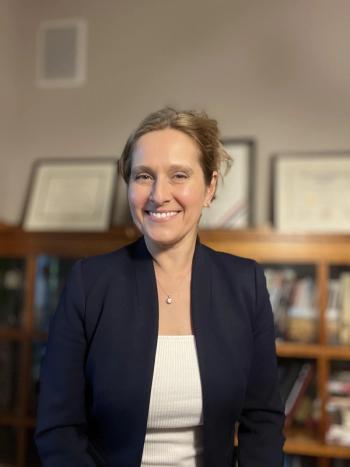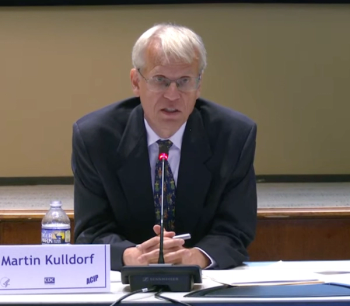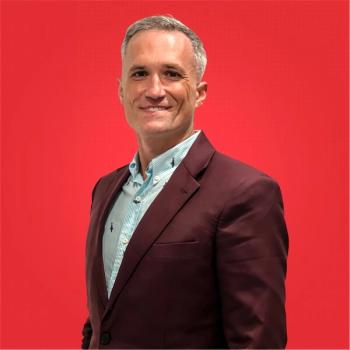
New medical school would address physician shortage and poor patient health
California physician-legislator supports bill to create training opportunities in region with notably poor health care access and health outcomes.
A new medical school is part of the solution to improve and increase health care availability in a region of California that needs it badly, said a family medicine physician who grew up there herself.
The California Senate has approved legislation that now will go to the desk of Gov. Gavin Newsom. Dubbed The Grow Our Own Bill, the act would affirm a commitment to build a new University of California medical school in Kern County. The bill was championed by
“There is a decades-long shortage of physicians in Kern County. A medical school will create jobs, diversify our local economy, and expand access to health care,” Bains said in a news release. She cited the California Health Care Foundation, which reported the San Joaquin Valley has just 47 primary care physicians per 100,000 people, one of the lowest ratios in that state.
‘I believe in my kids’
Bains discussed the bill this summer with Medical Economics as part of a
Criticisms from some in Sacramento, California's capital, included questions about local students making the leap to medical school when they grow up in an area with high illiteracy rates, Bains said. She also cited her work as part of that state’s health care workforce policy commission.
“The biggest thing that we would always come back to at the end of every commission meeting, it’s the lack of access to higher educational opportunities in that area that needs it most,” Bains said.
Kern County has some of the worst health care access and outcomes in the state and country. The solution: “Educate our kids,” she said.
Growing up in Delano, California, Bains said all the physicians and all the politicians she saw were men. Never seeing a woman doctor or serving in office, she said she never thought that would be possible for herself.
“But life had a way, and here I am,” Bains said, and she wants to pay it forward through opportunities available for other youths. Criticisms included the suggestion that “you should be investing in STEM (science, technology, engineering and mathematics) because your kids are not bright enough to go to medical school,” she said.
“You know what I say to that? That’s what someone said to me, and look where I’m at and look at what I’ve been able to do,” Bains said. “Somebody believed in me, and I believe in my kids.”
Voices of support
In the news release, Bains included endorsements from the Service Employees International Union California (SEIU) and Blue Shield of California.
“With Bakersfield as a hub of care, it is critically important that physician pipeline is there too,” said the SEIU letter of support. “Not only will a medical school create a local pipeline to residency programs, it will increase the overall caliber of medical training and we are confident will lead to critical partnerships to bolster the care at long-standing medical infrastructure, like Kern Medical Center, that serve historically marginalized communities.”
“California’s Central Valley faces significant challenges with access to healthcare, and an evergrowing need for more physicians and medical professionals,” said the letter of support by Blue Shield of California.
Health care access – or lack of it
It’s clear help is needed, Bains said, based on evidence in “Improving Health Care Access in the San Joaquin Valley: A Regional Approach through Collaboration and Innovation.” That
Kern County is one of eight that make up the San Joaquin valley, a region of more than 4 million people. Although it is a fast-growing area, the valley “lags much of the state in many socioeconomic and environmental indicators, with some of the poorest air quality and highest rates of poverty and uninsured in the state and nation,” the report said.
There are shortages of physicians and other clinicians, the report said, and Bains also noted the Association of American Medical Colleges (AAMC) reported that 25% of rural doctors are expected to retire by 2030.
Two ways to get doctors to the valley: Raise them or have them as residents.
“The two strongest predictors of where physicians will practice are where the physician finishes his/her residence training and where the individual was raised,” the UC report said. As of 2015, AAMC data showed California ranked first among the 50 states for highest retention of physicians who completed residency training there.
Newsletter
Stay informed and empowered with Medical Economics enewsletter, delivering expert insights, financial strategies, practice management tips and technology trends — tailored for today’s physicians.















